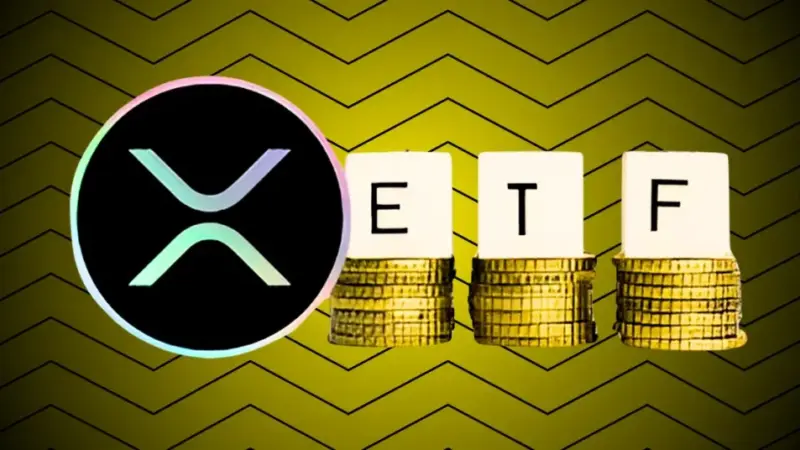Staking in DeFi Liquidity Pools – What You Need to Know
You only need to dip a toe into the waters of DeFi to understand that it’s a system designed to provide rewards for every action you take. Whether it’s lending crypto, minting stablecoins, or swapping tokens, there’s an incentive for almost everything.
Staking in DeFi’s liquidity pools is no different. However, with a vast array of projects and exchanges, all of which seem to offer varying benefits and rates of return, what do you need to know to pick the best pools for staking?
What is staking in liquidity pools?
Decentralized exchanges and lending protocols rely on enough liquid funds locked in the protocol to meet users’ demands for token swaps and borrowing. Therefore, they’re programmed to provide rewards and incentives to anyone prepared to lock up or stake their funds into their liquidity pools.
A liquidity pool is simply a blockchain-based smart contract that’s programmed to hold the funds. Let’s take a hypothetical example of a Uniswap liquidity pool set up by Project X to bootstrap liquidity for its PJX token paired with USDC.
You decide you want to contribute liquidity, so you deposit an equal value of PJX and USDC to the pool. In return, you’ll receive tokens representing your investment, often called liquidity or LP tokens. Uniswap will reward you with a share of the 0.3% transaction fees for the PJX-USDC pair, proportional to the value of your stake compared to the total value of the funds staked in the pool.
As a new project, Project X is also offering additional PJX rewards to stakers in its pool. This is known as yield farming.
What kind of yields can I expect?
This depends on many factors. Large, highly liquid pools tend to pay out lower yields because the rewards are split between many stakers. In contrast, it’s fairly common for new projects with lower token liquidity to offer a high percentage yield as a way of attracting users to stake in their pools.
For instance, BondAppétit is a new project launching its own stablecoin backed by real-world government bonds. It’s currently offering high yields between 480% and 744% APY as an incentive for users to join its liquidity pools and stake its USDap stablecoin and BAG governance token.
While these high rates may seem so high as to be unrealistic, it’s worth considering that new projects often put aside a balance of tokens specifically for bootstrapping liquidity. If a project such as BondAppétit successfully attracts many users to its liquidity pools, the percentage yield will inevitably decrease in time.
Is it like an interest account?
In some ways, yes. However, even the best high-yield account with a bank only earns around half a percent interest. Staking with DeFi offers the potential of very high-interest rates, but you aren’t putting your funds into a bank, so there are some risks involved.
What are the risks?
DeFi is still a very new segment in the cryptocurrency sector, and crypto itself comes with potentially high volatility, so staking in DeFi protocols can be risky. You should conduct some background checks on projects to ensure they’re legitimate and that the project itself isn’t taking unnecessary risks.
For instance, has the code been audited by an external firm to ensure it doesn’t have bugs or glitches that could be exploited? Does the project have any funding or investment from VC firms? Is there a working protocol? Who are the team members behind the project? What are people saying about it on social media channels such as Reddit or Telegram? These are all questions that can help you determine the legitimacy of a project.
Should I stake stablecoins or other tokens?
Stablecoins are a popular choice for staking as they offset the risks of impermanent loss. Impermanent loss can occur when volatility impacts the price of a particular cryptocurrency, meaning that the value of your deposited assets is less when you withdraw than when you deposited them.
If funds are staked for long enough, then the value of farmed tokens and transaction fees combined may be enough to offset the loss. However, if you withdraw the funds before this has happened or before the value recovers, then the losses become permanent.
Conclusion
Staking funds in DeFi does come with some risk, but the rewards can be extremely generous. However, you can offset some of the risks by making sure that you perform some diligent checks on projects in which you’re planning to invest.





